3 must-try food experiences in Yokohama beyond Chinatown: Visit a ramen factory, eat OG Japanese western food
Forget the generic Chinese buffets at Yokohama’s Chinatown. Make your calories count with these.
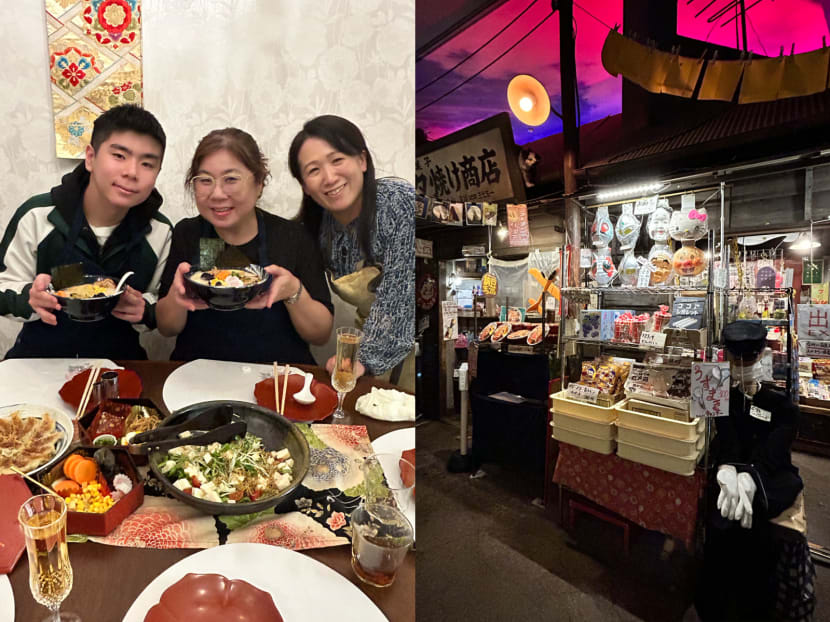
From a tour to a local noodle factory that ends in a meal, to a visit to the Shin-Yokohama Ramen Museum, there’s plenty to do in Yokohama beyond visiting Chinatown. (Photos: Stella Thng)

This audio is generated by an AI tool.
Just a 30-minute train ride away from downtown Tokyo, Yokohama is the less frenzied, breezier sibling – figuratively and literally since it is by the sea. The first port city to open up to foreign trade in 1859, it pioneered a unique food culture that marries foreign influences with Japanese tastes.
There’s yoshoku, their unique Japanese take on western food now popular around the world. Think Ma Maison, Mos Burger and Saizeriya.
But perhaps the most iconic is chuka (meaning “Chinese food”), which originated in Yokohama’s Chukagai (Chinatown), the biggest in Japan. It is Yokohama’s most popular attraction with its distinctive Chinese gates and Kanteibyo, a temple dedicated to the warrior deity Guan Yu.
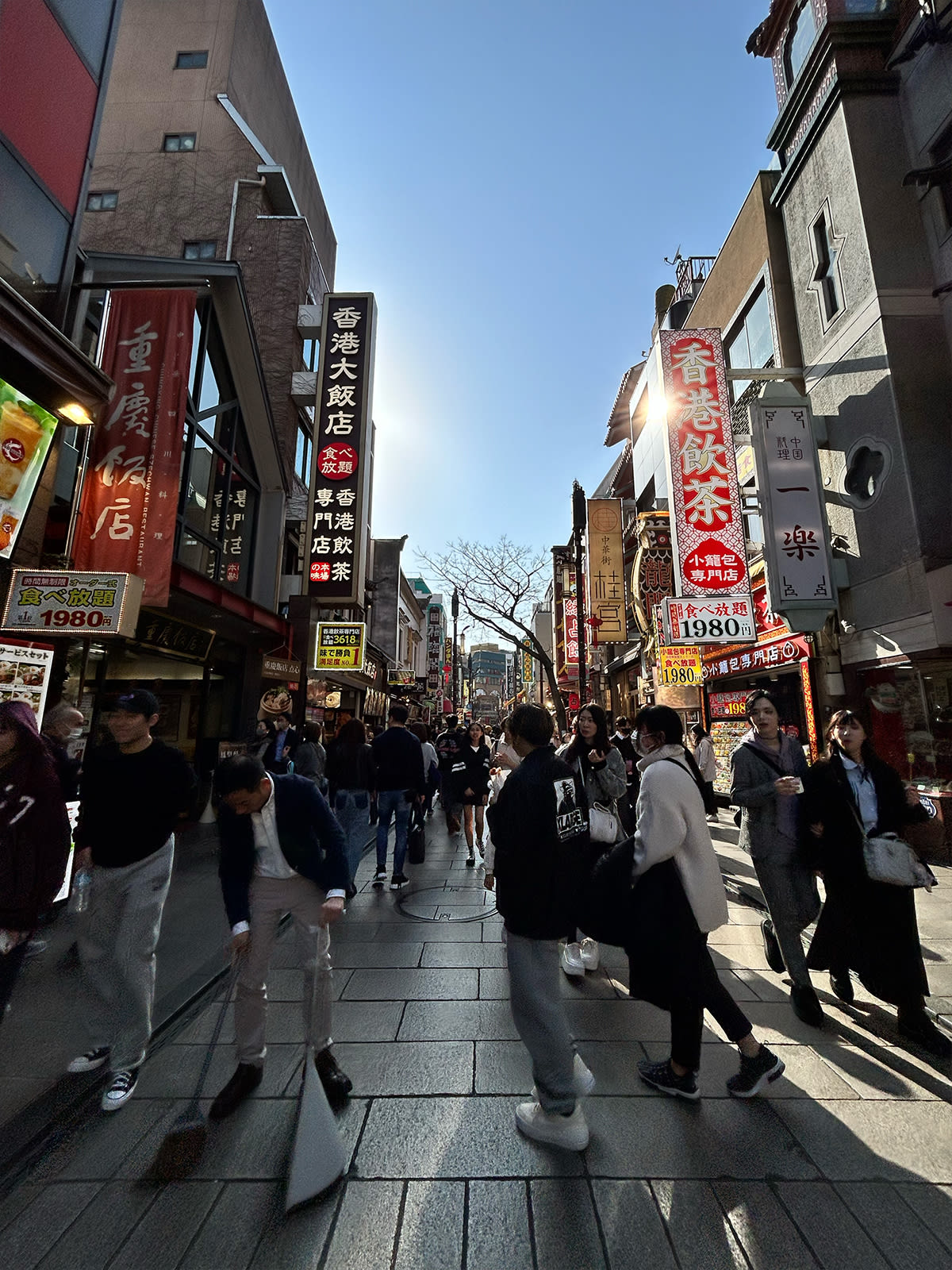
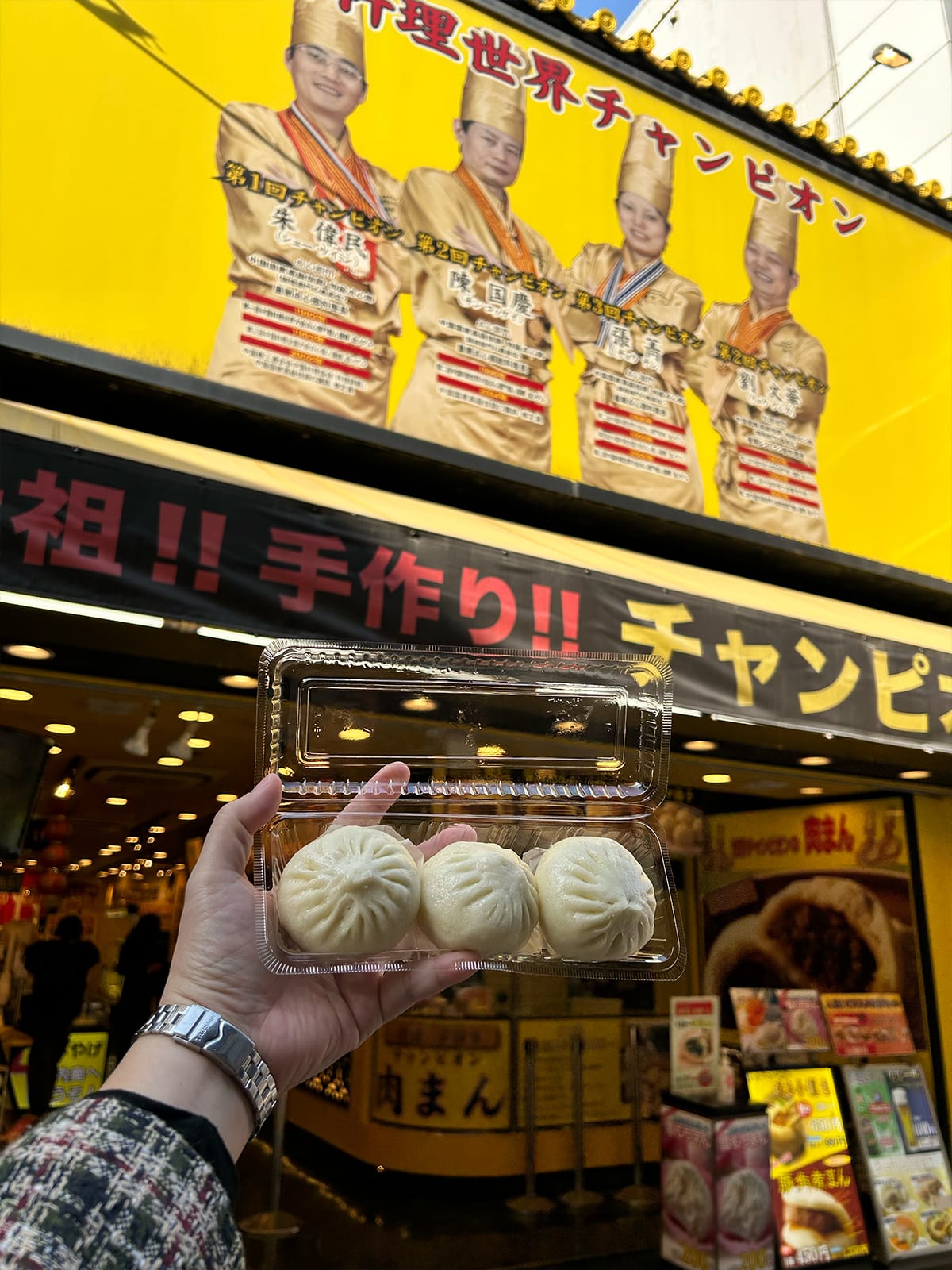
The streets are filled with restaurants offering all-you-can-eat Chinese buffets, steamed buns, Hong Kong dim sum, Taiwanese giant chicken cutlets, and souvenir stores selling kitschy goods. But many of these are mediocre tourist traps, and you can find comparable or better chuka elsewhere, such as at Ikebukuro in Tokyo.
Most visitors will probably dine at Instagram or TikTok famous spots in Chinatown or even the historic Red Brick Warehouse, which has been converted into a chic dining and shopping enclave.
But why squeeze with the madding crowd? Try these three foodie experiences instead.
1. VISIT A RAMEN FACTORY AND COOK A 4-COURSE MEAL
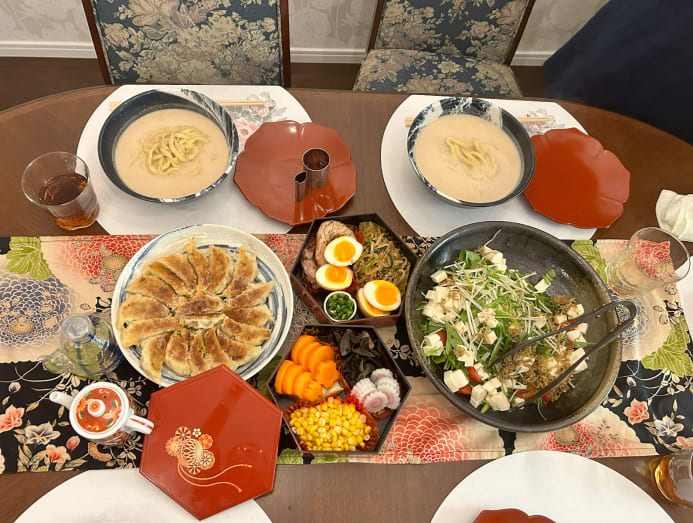
My 17-year-old teenager and I booked the “Yokohama Ramen Adventure From a Local Noodle Factory To Home” on Agoda.
The five-hour tour was the ultimate cultural immersion experience, especially for ramen lovers. Our host Akiko met us at Kikuna Station, just 10 minutes away from Yokohama station or 45 minutes away from Tokyo station. A short bus ride took us to her family’s small noodle factory, which was started by her grandfather and is currently run by her brother, Taka.
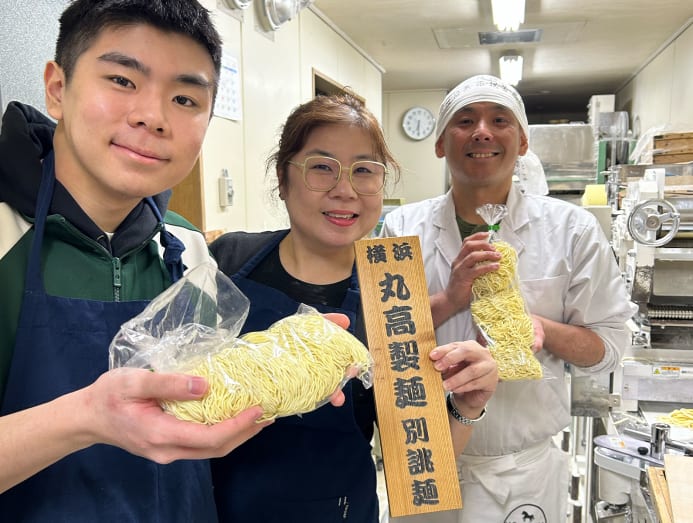
The jovial Taka schooled us on the difference between ramen, udon and soba, which are made with different ingredients. Their factory specialises in ramen and we checked out different types of dough, cutters and machines, some of which were from his grandfather’s time. We customised our ramen by choosing our preferred dough (we took the chewiest option), width and straight or wavy noodles.
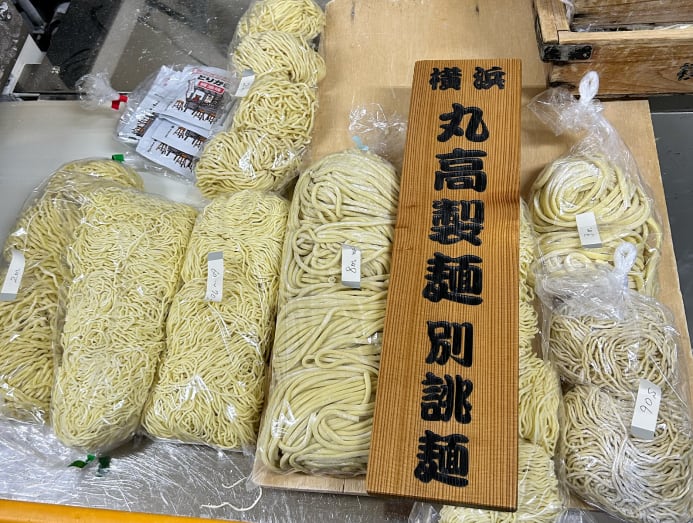
Then the fun began. As our customised ramen shot out of the machine in small bunches, we had to weigh and roll each into precisely 20-gram balls, and place them neatly in a tray.
Armed with our customised noodles, we headed off to Akiko’s elegant apartment nearby. We made Mizuna and Tofu Salad with Fried Jako (a small fish like our ikan bilis) and marinated and wrapped our own gyoza. They were so good, my son and I polished off at least 20 between us.
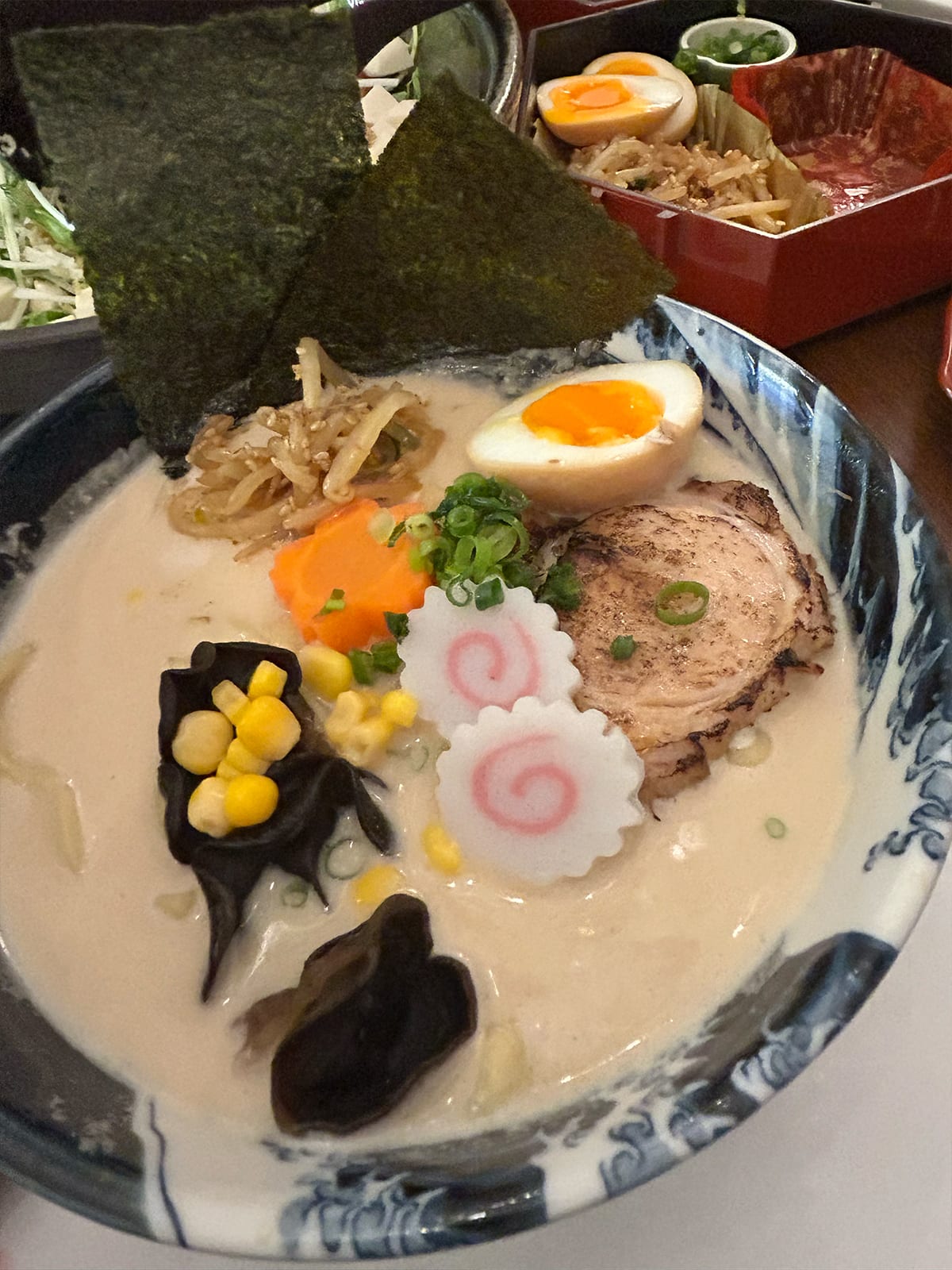
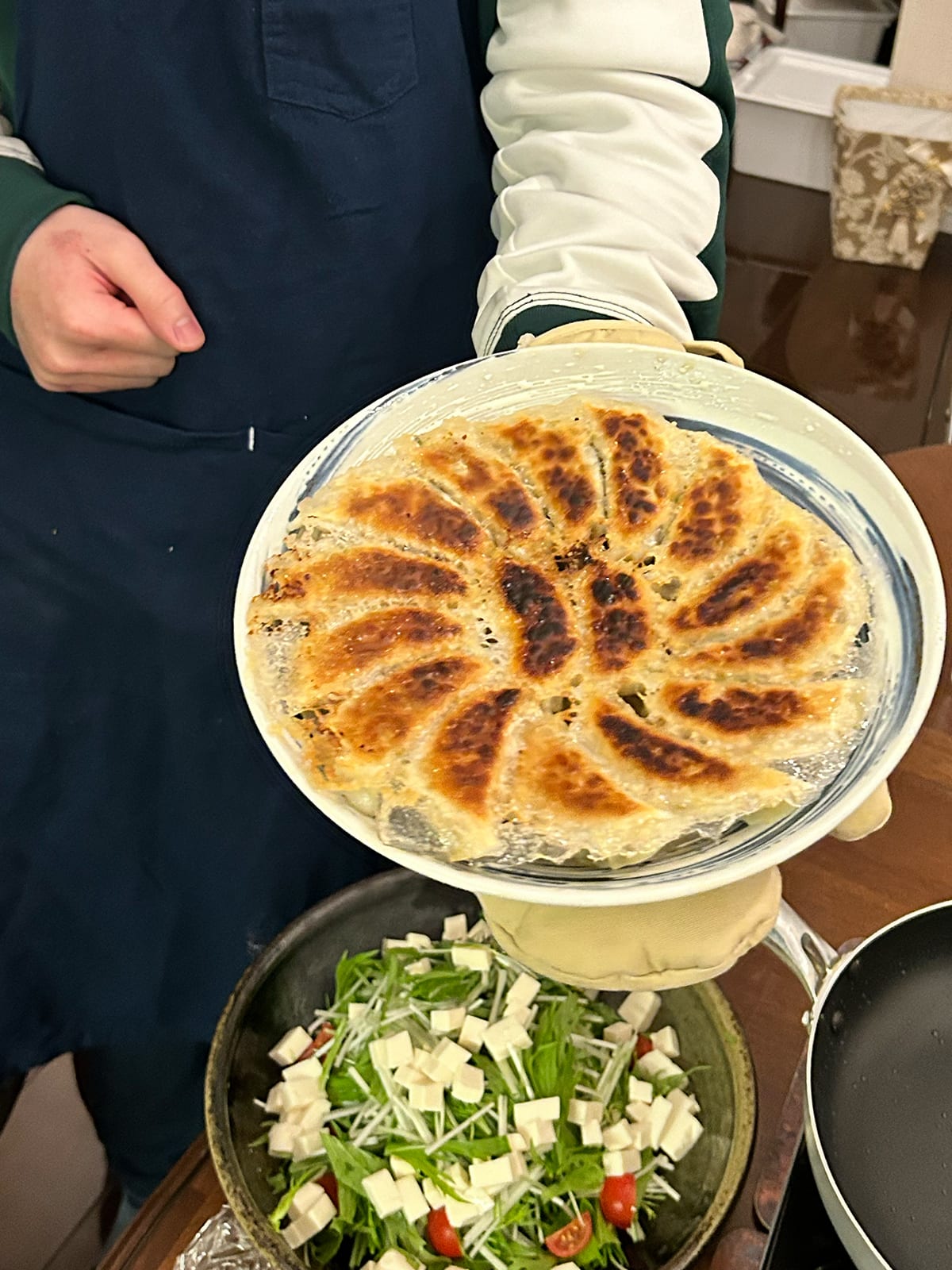
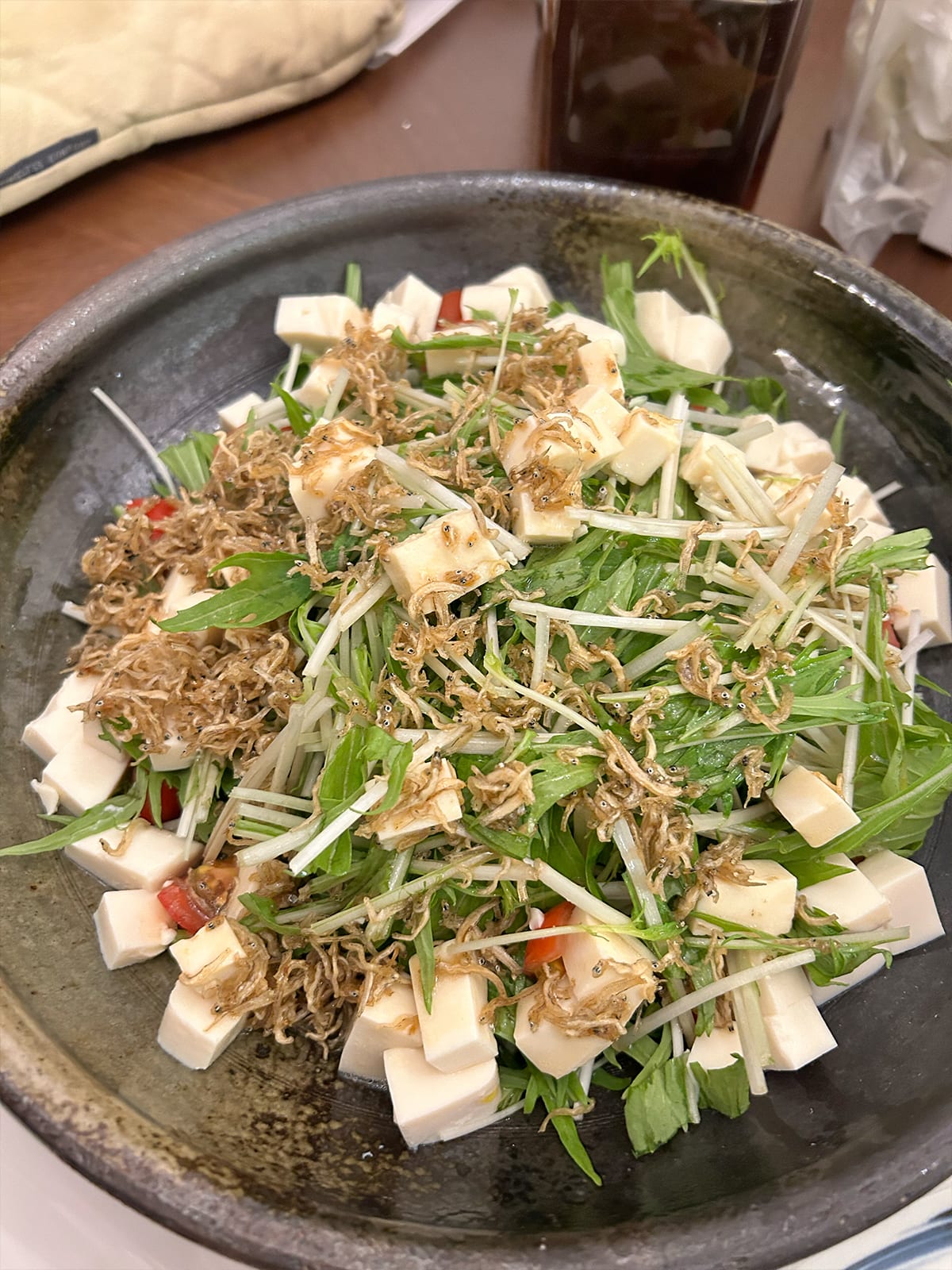
Akiko shared practical tips on making ramen broth without brewing it for hours, with readily available ingredients. (She will take you to a supermarket after the cooking lesson to shop for them.) We successfully replicated the rich and creamy tonkotsu-style broth and made marinated eggs.
We assembled our ramen with Japanese fish cake, veggies and cha shu that she’d made ahead, which we torched for a smoky finish. The meal ended with a dessert of Matcha Shiratama Cream Anmitsu with freshly made glutinous rice balls, and a glass of Umeshu for me and a non-alcoholic beverage for my son. Akiko will also give you printed and pdf copies of all her recipes and send you photos that document your adventure.
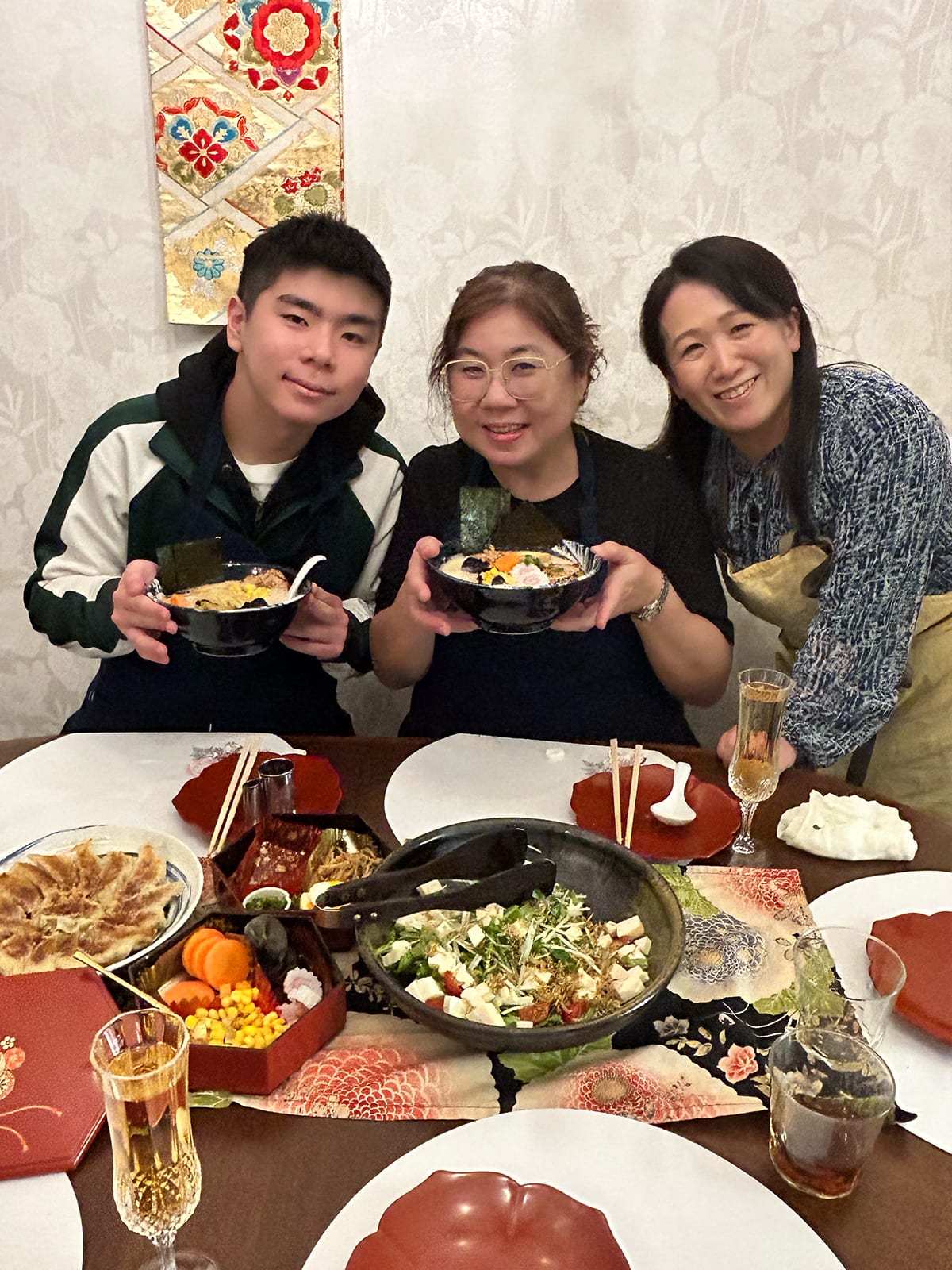
Tip: Taka’s ramen is usually sold to commercial customers but tour participants can buy them from just JPY70 (S$0.63) per ball. We kept them chilled in freezer bags (easy to get from Daiso) in our hotel fridge and packed them in our check-in luggage. The ramen keeps fresh for 10 days so time your tour at the tail-end of your trip if you want to buy some.
The usual price is S$166/person on Viator but we found deals on Agoda (currently S$119/person) or AirBnB (S$113/person). Pescatarian, vegan and vegetarian menus are available upon request. Maximum of five people per session.
2. EAT OG YOSHOKU AT HOTEL NEW GRAND
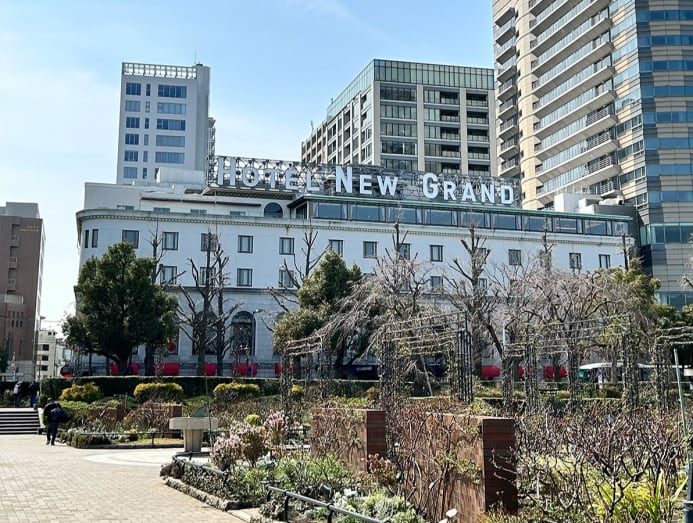
When Japan finally ended its 250 years of isolation from the world, Yokohama was the first port city to open. Naturally, it was the first to offer yoshoku, or Japanese-style western food.
In the 1930s, Hotel New Grand’s Swiss Grand Chef Saly Weil concocted his famous spaghetti Napolitan, seafood doria and custard pudding a la mode for his Western guests. These include luminaries such as actor Charlie Chaplin, baseball legend Babe Ruth and American general Douglas MacArthur.
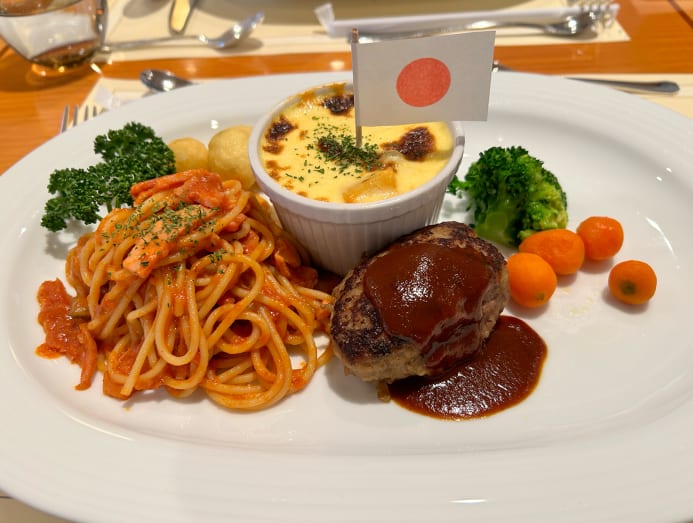

In fact, when General MacArthur arrived in Yokohama on Aug 30, 1945, as the Supreme Commander of the post-war occupation of Japan, the hotel was his first stop.
Taste the OG yoshoku that these historical figures supped on at The Cafe. During our visit in March, we enjoyed their Kid’s Lunch For Adults promotion and tried all three signature dishes, a soup and a beverage at JPY5,500. You can top up extra for their popular cream soda and a full-sized custard pudding a la mode.
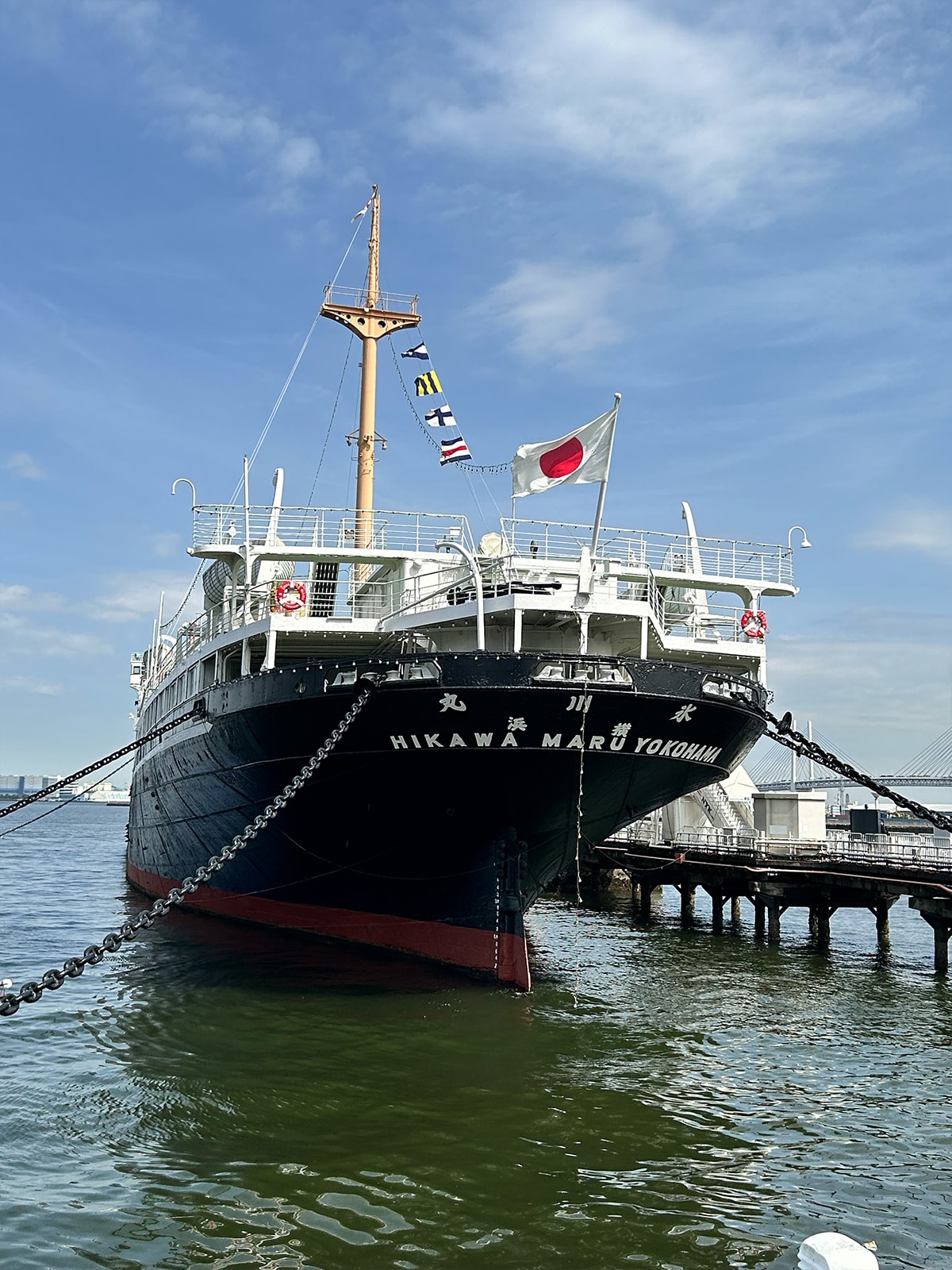
Bonus: Hotel New Grand is just opposite Yamashita Park, Japan’s first seaside park which opened in 1930. Look out for the Guardian of Water statue of a woman in the middle of a water fountain, a gift from San Diego, the sister city of Yokohama. You can also visit the Hikawa Maru museum ship that is permanently docked there.
For more info about Hotel New Grand, click here.
3. SLURP UP 8 BRANDS AT THIS RAMEN MUSEUM

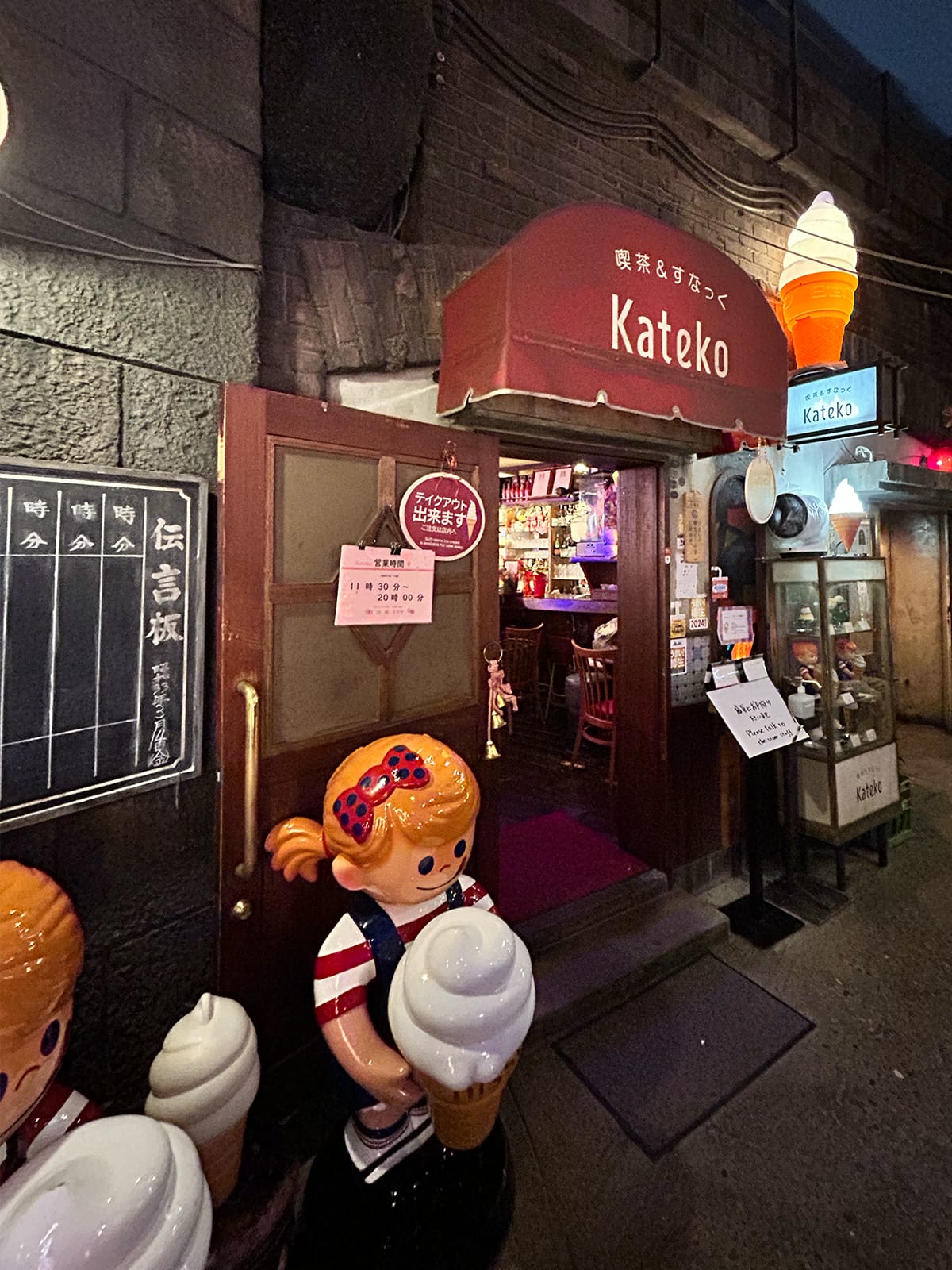
Founded in 1994, Shin-Yokohama Ramen Museum is the world's first ramen-themed amusement park and a testimony to how seriously the Japanese take their national dish. It is a five-minute walk from Shin-Yokohama station, and 45 minutes away from Tokyo station.
Learn about the history of ramen, including the answer to this burning question: Is ramen Chinese or Japanese? Make sure you come hungry because there are eight ramen shops, all showcased in a streetscape replication from 1958, the year instant ramen was invented.
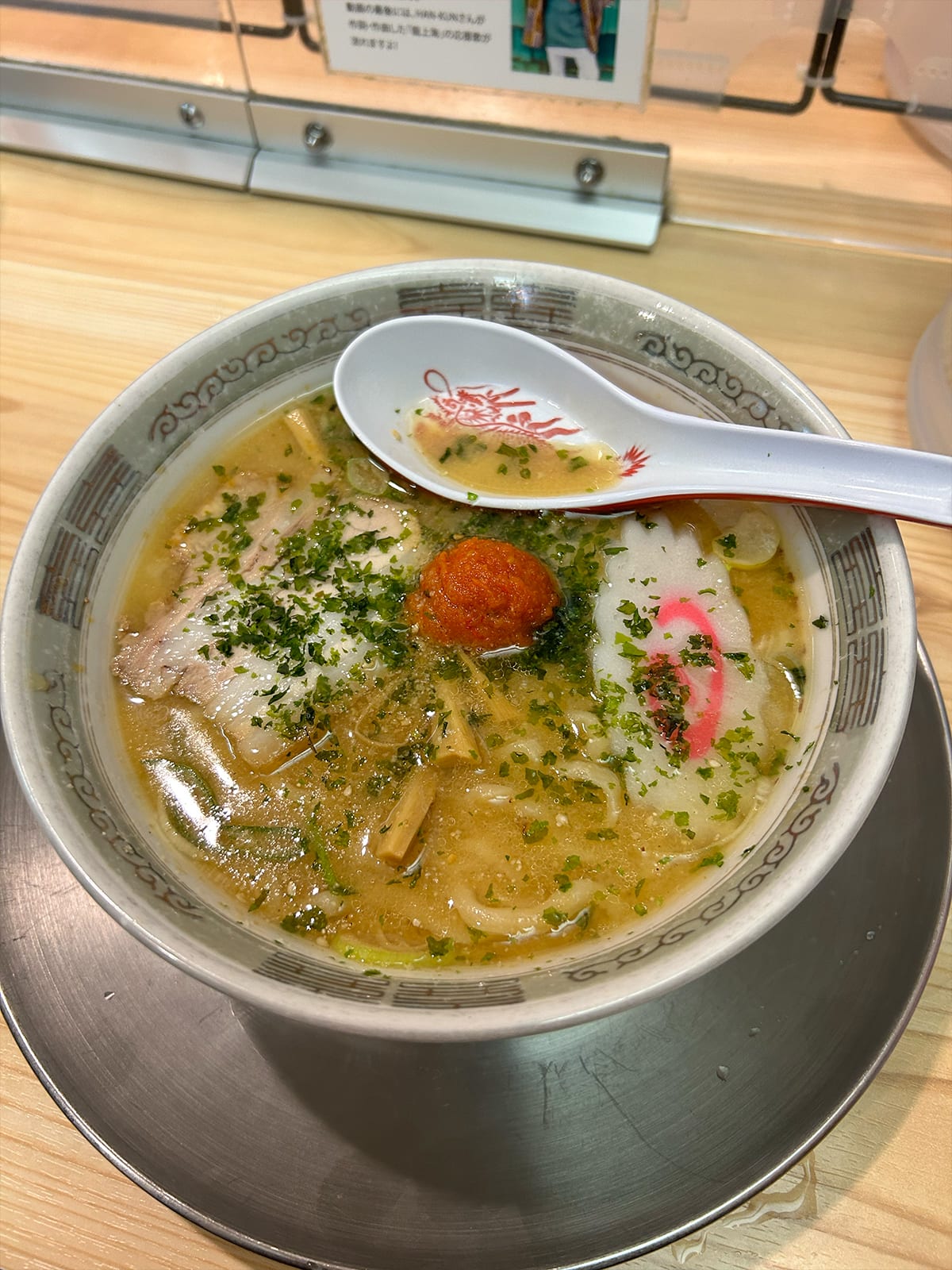
All stores offer small and regular portions and every customer must order at least one small bowl. Prices vary; expect to pay a very reasonable JPY600 upwards for a decent portion. At Ryu Shanghai Honten, their thick ramen came with a scoop of red spicy miso in the centre, like the rising sun on the Japanese flag. We savoured the changing flavour as it slowly melted into the soup.
At Hakata Bunpuku, a Fukuoka brand which has since expanded to Yokohama, New York, London and Sydney, the restaurant owner is a miso sommelier and his secret recipe blends five types of raw miso into his stock made with bonito, chicken, pork and kelp. The noodles are made using premium Minaminokaori flour and come thick and flat, or thin and wavy, and is a hearty bowl of goodness.
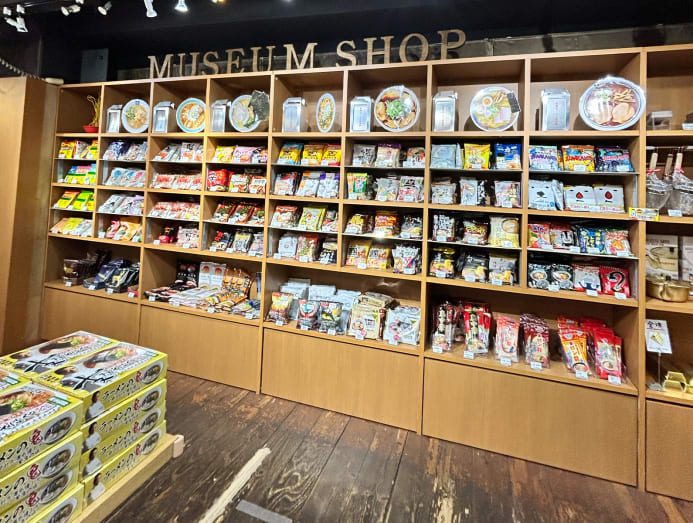
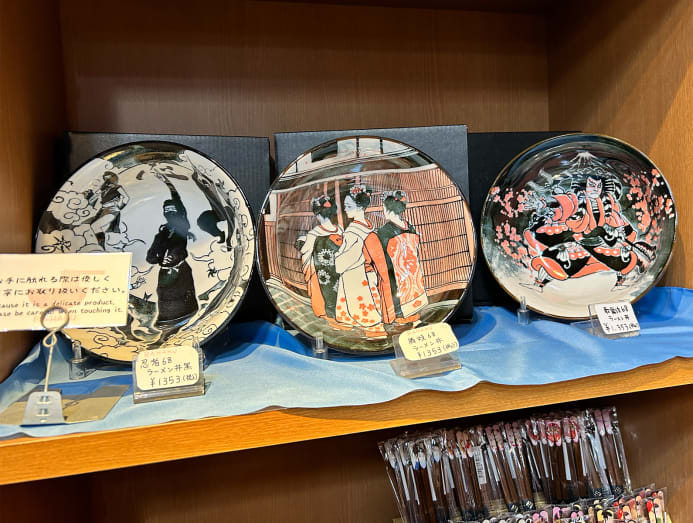
You can also enjoy old school games, buy Japanese snacks and toys, and attend a short Ramen Making Experience class. (Extra charge and reservation required.)
Don’t miss the Rahaku Sugomen Lab. Customise your instant ramen for JPY600, including the complimentary option to use your own photo for the lid. Pick your noodles, broth packet (eight flavours, including milk miso and dried sardines shoyu), and three out of the 17 ingredients. We chose naruto (Japanese fish cake) and Chinese dumpling (like dried wanton) and a piece of dried cha shu, and topped up 100 yen for a freaky-cute Tako-san sausage.
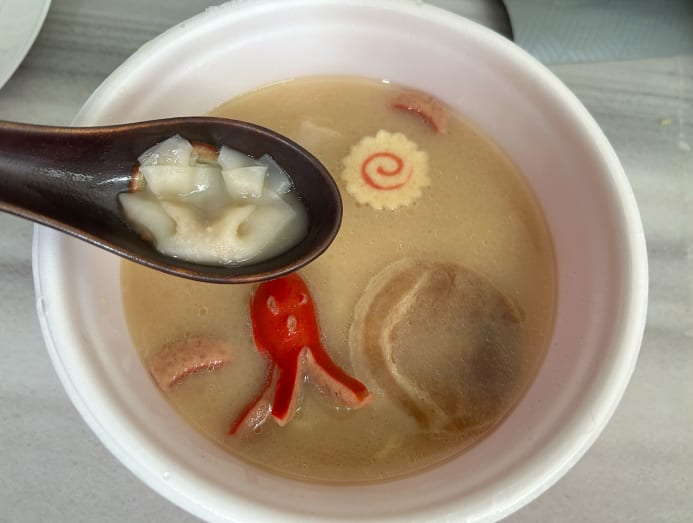
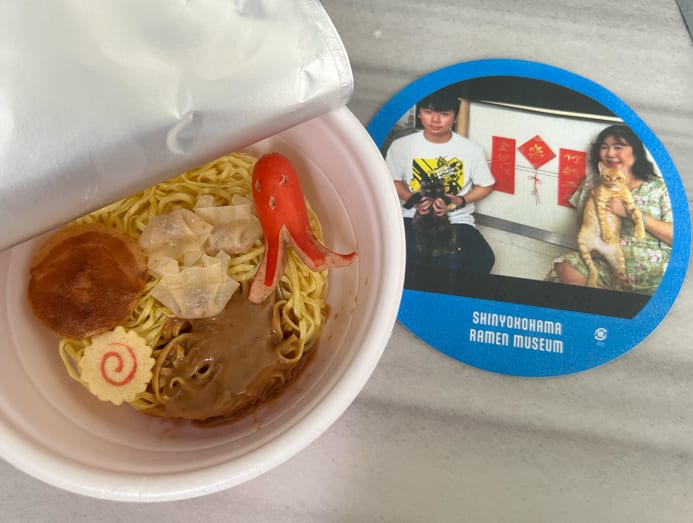
Can’t decide between visiting Shin-Yokohama Ramen Museum and the CupNoodles Museum? Families with kids may find the latter more interactive and entertaining. There, you can also customise a cup noodle for JPY500 but you can only draw on the cup, while the Ramen Museum lets you customise the lid with a photo. The ramen restaurants here offer much, much better food.
The CupNoodles Musum’s International Noodles Bazaar, designed like an Asian market, sells noodles from Italian pasta to Korean cold ramen and Vietnamese pho at a standard JPY500 each but expect small portions and food court standard. As hardcore ramen lovers, my son and I preferred Shin-Yokohama Ramen Museum.
Entrance costs JPY450 for adults; JPY100 for children from six to 18 and seniors above 65. Free for kids under six. Find out more here.







